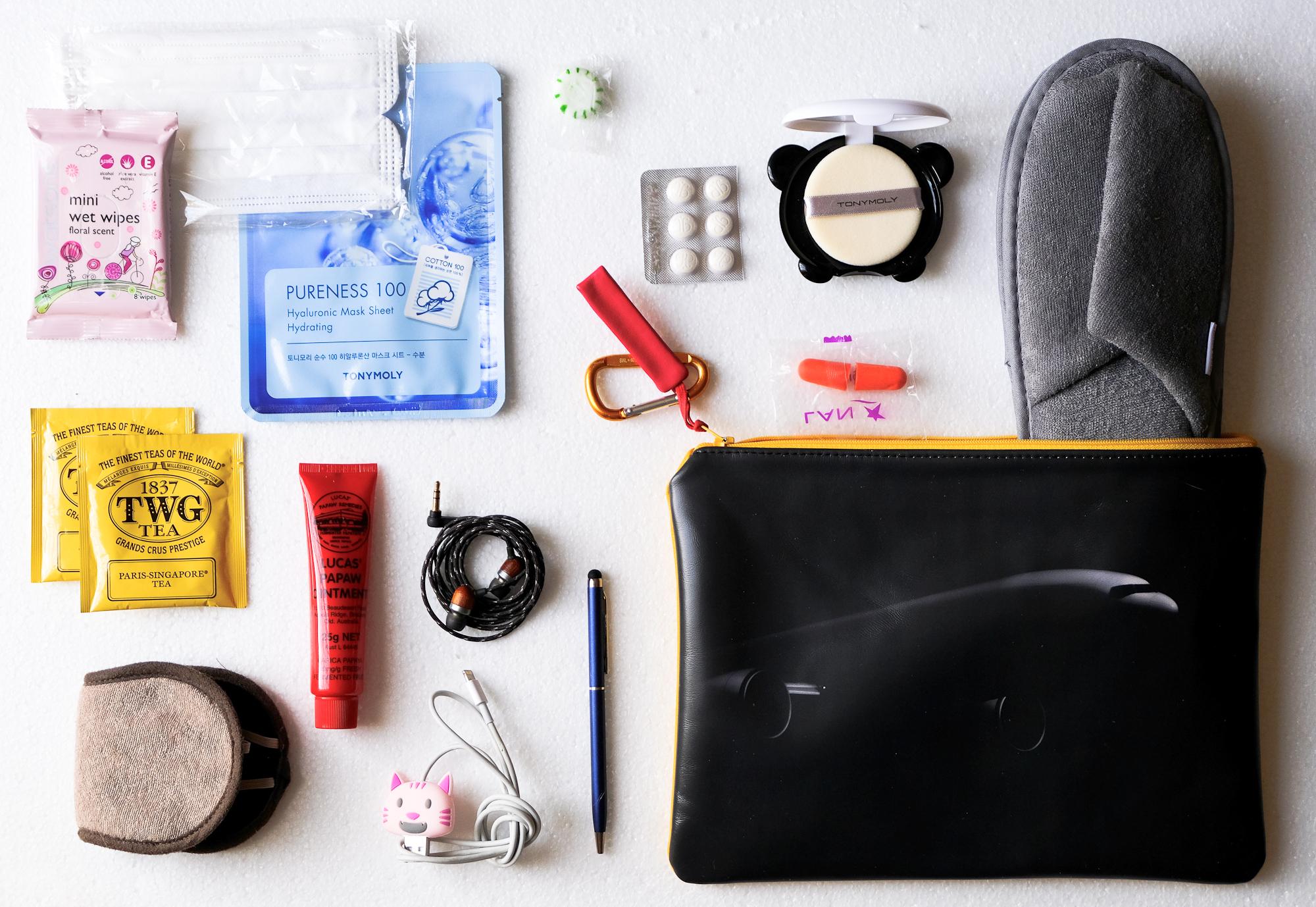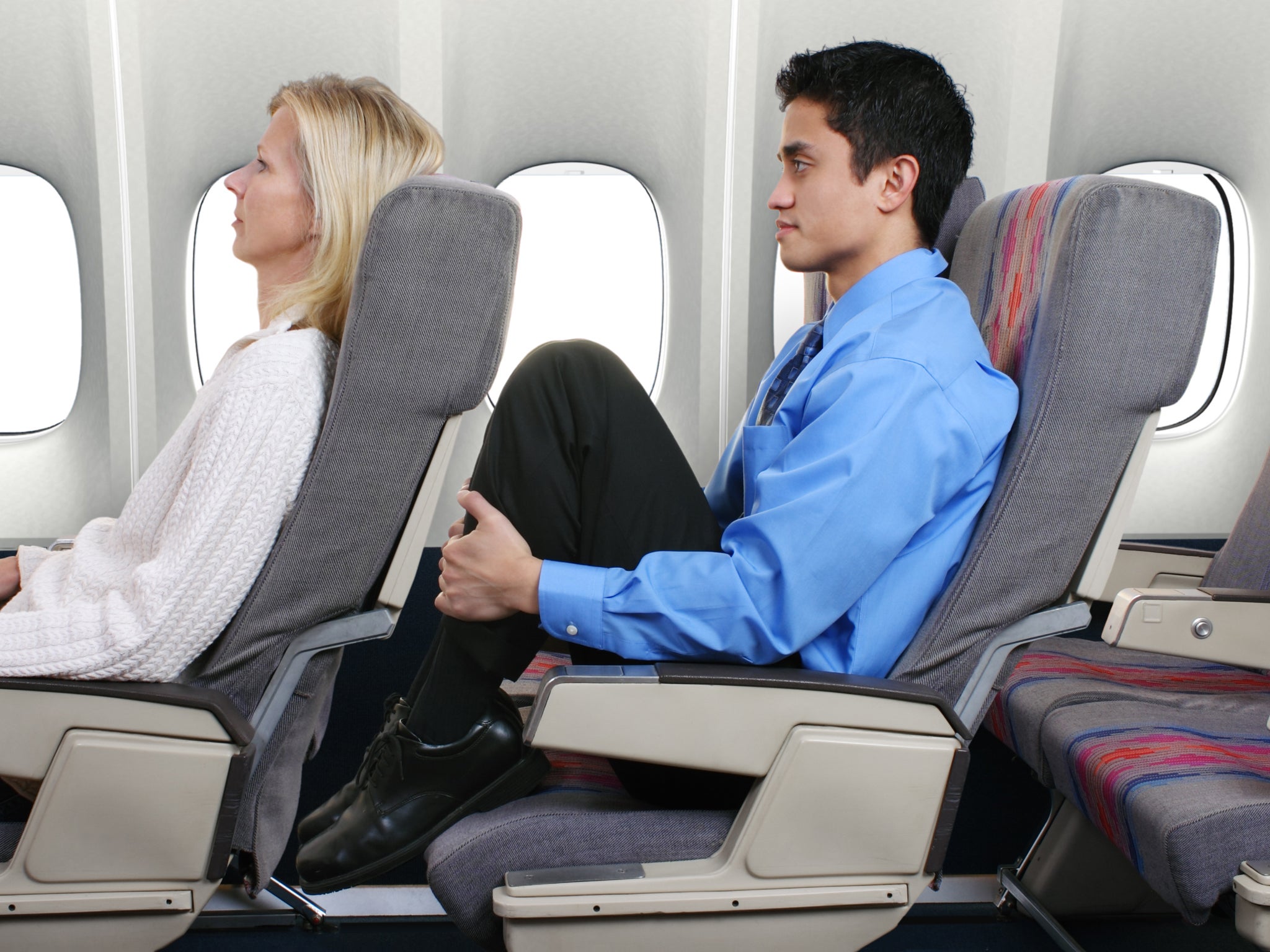Top tips for surviving a long-haul flight, according to an expert
17 hours to Perth is nothing, says long-haul veteran Cynthia Drescher. Here's how to survive
Your support helps us to tell the story
From reproductive rights to climate change to Big Tech, The Independent is on the ground when the story is developing. Whether it's investigating the financials of Elon Musk's pro-Trump PAC or producing our latest documentary, 'The A Word', which shines a light on the American women fighting for reproductive rights, we know how important it is to parse out the facts from the messaging.
At such a critical moment in US history, we need reporters on the ground. Your donation allows us to keep sending journalists to speak to both sides of the story.
The Independent is trusted by Americans across the entire political spectrum. And unlike many other quality news outlets, we choose not to lock Americans out of our reporting and analysis with paywalls. We believe quality journalism should be available to everyone, paid for by those who can afford it.
Your support makes all the difference.On 25 March Qantas launches nonstop flights between London’s Heathrow Airport and Perth in Western Australia. Not only will it be the longest flight in the world operated by a Boeing 787-9 Dreamliner, but it will be the first regular passenger service to directly link the UK to Australia, smoothing the historic “Kangaroo Route” from the 55-hour, nine-city, four-day hopscotch across continents it was when it began in 1947, to a 17-hour, nonstop zip Down Under.
Although 17 hours beats the current speediest travel time of 21 hours (which includes a Dubai stop) between the two cities, it’s bound to be a sitting marathon for passengers at the back of the plane. Travellers with tickets for QF9 or QF10, the route’s flight numbers, can take comfort in knowing that it’s not even the longest flight in the world – Qatar Airways’ Doha-Auckland, United Airlines’ Los Angeles-Singapore, and Singapore Airlines’ Singapore-San Francisco routes all have slightly longer flight times.
Despite the excitement of making such a momentous journey in one fell swoop, passengers onboard will have to face discomfort. I should know. I’ve flown some of the longest flights in the world, including the 19-hour Singapore to Newark nonstop record holder (it was discontinued in 2013), and the 20-hour United Airlines “Island Hopper” across the Pacific, from Honolulu to Manila with seven island stops but only one meal service. I’ve survived to fly again and again, and these are my top seven ways to cope during an ultra-long-haul flight:
Treat yourself
The eastbound London to Perth route for the Qantas flight is timed at 16 hours and 45 minutes, while westbound tops the charts at 17 hours and 20 minutes. If there’s a trip to pull out all the stops to make yourself comfortable, it’s this one.
Prices for the London-Perth route range from £793 per person return in economy, to a minimum of £4,400 per person return in business class. Sandwiched between those cabins is Premium Economy, commanding £2,050 and up for six more inches of legroom (38, versus 32 inches in economy), three more inches of recline (nine, versus six inches in economy), and improved amenities like a larger pillow and more substantial meals.
Clearly, upgrading even just one way is the best plan here – but if that’s outside your budget or frequent flyer miles, it’s possible to improve your own experience by packing your favourite indulgent snacks or comfort items.
I like to pack a pair of plush (but disposable) hotel slippers to change into – they’re loose and comfy to relax in, and mean I can walk around the cabin in them, while keeping my compression socks (obviously you need compression socks on a flight like this) clean.
I always put one or two moisturising face masks in my bag to combat the dryness of the air, and attached to my bag is a cushy, long lumbar pillow that clips together at its ends to transform into a neck pillow.
Stow all carry-ons in the overhead bin
To make the most of your miniscule economy space allotment, resist the urge to keep your carry-on bag under the seat in front of you. It’ll eat up your legroom and, 13 hours deep in the flight, you won’t think so highly of your plan to use your bag as a footrest when all you desperately want is to extend your legs fully.
To keep items at hand without having to get up and access the overhead locker all the time, I prepare a small zip case before boarding, stuffing it with my earbud headphones, phone charger cord, small comfort items like body lotion, lip balm, wet wipes and face masks – plus a pen for filling out landing documents. I hook it, using a carabiner clip, to the top lip of the seat-back pocket in front of me, and revel in the clear floor space I’ve saved for my feet.

Take your time
When you consider the flight length, doing everything at a leisurely pace is to your advantage. Inflight meals may feel rushed on most other routes, but there’s no reason to hurry up on a 17-hour nonstop.
I like to eat the salad and main dish when the tray arrives, but remove the dessert and save the coffee cup so I can pretend I’m getting a separate service later on – maybe as I’m watching my fourth film. Note – this is even more important for those stuck in window seats, who may have two sleeping passengers blocking the way to the aisle and, therefore, supplies of drinks and snacks.
Mind your health
Similarly, those in middle and window seats shouldn’t rush back to their seat after a loo break. The precious minutes up and out of your seat count for your health, in terms of staving off the possibility of deep vein thrombosis (DVT).
I’m not saying you should host an impromptu stretching class in the rear galley (although go for it if you want), but do stretch that two-minute toilet break into 20 minutes, and do basic DVT-prevention exercises, like pointing your toes to stretch your calves and drawing the letters of the alphabet with your foot to move your ankles. Muscle activity – even something as simple as a slow, easy walk down the aisle – is what keeps the blood flowing.
This goes hand in hand with ensuring that you stay hydrated by drinking plenty water before, during, and after your flight, which should also aid in mitigating symptoms of jet lag. And, even though I occasionally get odd looks for wearing it, I keep a new, disposable medical face mask folded up in my bag, just in case I’m seated near a chronic cougher. What’s the fun of having travelled all that way to spend the time at your destination miserably sick?
Watch your belongings
Boredom and the persistent discomfort of a long flight can lead people to do crazy, petty things.
It was on a Qantas flight from Los Angeles to Sydney that I came to understand how the lengthiest flights can devolve into an “every person for themself” situation. After returning to my window seat from the lavatory, I discovered that my blanket and pillow had been swiped! With more than 10 hours of flight time yet to go and my seat mates professing innocence, I pushed the flight attendant call button and requested another pillow and blanket, explaining that mine had vanished. Another blanket was located, but all extra pillows had already been claimed.
Learn from my mistake and guard your little pieces of comfort. I now put my book or the airline magazine on top of the pillow and blanket on my seat when I step away – if only to underscore that the seat, including its space and amenities, are reserved for me alone.

Stay away from the moving map
Inflight entertainment has massively improved in the last five years, and now almost all long-haul flights will feature complimentary, on-demand programming totalling thousands of hours. Some systems even allow for passengers to create individual playlists of movies and TV shows as they browse the selections.
There is one channel you should stay away from, however: the “moving map”, displaying fun facts like current altitude and outside temperature as it highlights the elapsed flight time and hours left to go.
Yes, it’s fascinating but a watched pot never boils and it makes the hours pass slowly. If anything, the channel only serves to remind that you’re stuck on the plane, paying to sit upright in awkwardly minimal personal space for what amounts to almost two thirds of a day.
Embrace the rhythm
Think for a moment of how you might spend 17 hours of a normal weekend day. Eating, napping, snacking, enjoying entertainment, chatting with others, and going for a walk may all feature in your activities. Abbreviated versions of these can all be accomplished on a lengthy flight so there’s no need to simply pick two, like eating an inflight meal and hoping to snooze away the rest of the flight.
Your body isn’t used to such a simple plan, so embrace your regular rhythm as much as possible and come to terms with the thought that you may pass the hours doing many things, perhaps including turning a stranger into a friend, or watching a film not on your must-see list, or finding pleasure in the simple act of slowly rolling your shoulders.

Join our commenting forum
Join thought-provoking conversations, follow other Independent readers and see their replies
Comments